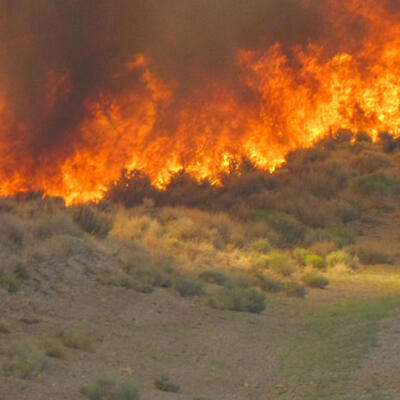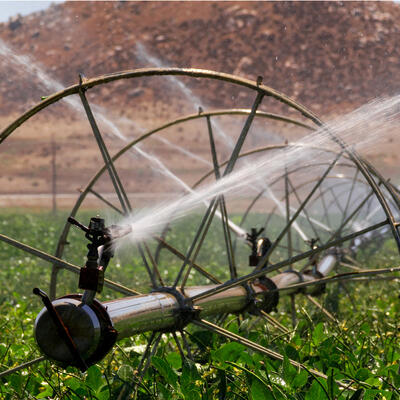Climate One TV: How Climate Broke California’s Biggest Utility and The Land of Dreams and Drought
Guests
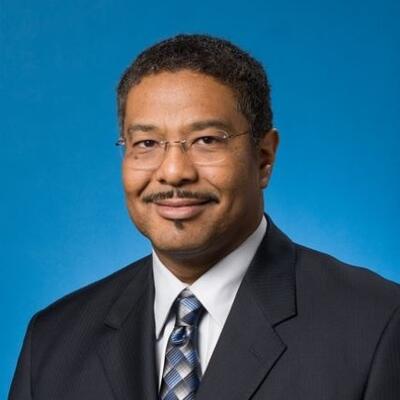
Mark Toney
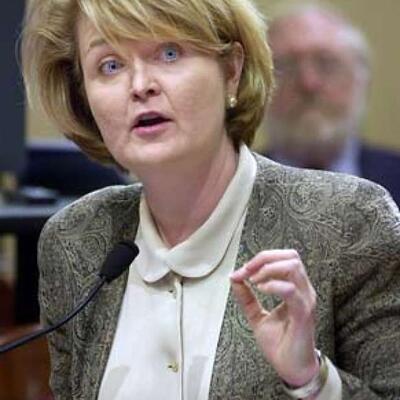
Loretta Lynch
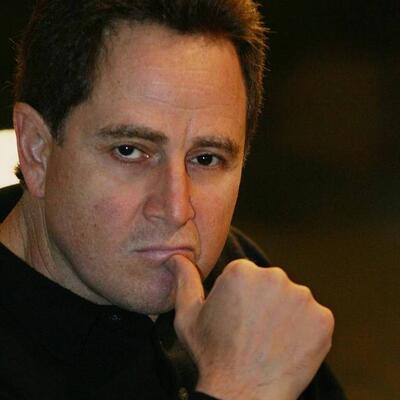
Mark Arax

Diana Marcum
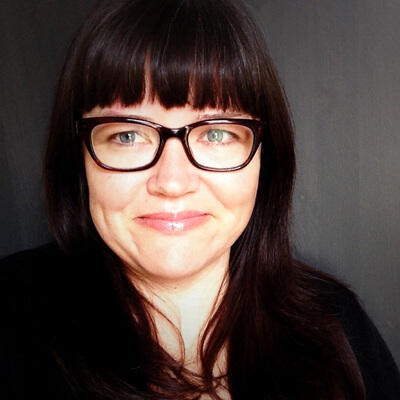
Faith Kearns
Summary
In the past few years, massive wildfires have devastated California, destroying thousands of homes and killing more than a hundred people. Experts say droughts and other conditions amplified by climate change are one factor. But there is more to the story.
"No matter what happens we have to hold PG&E, and whatever successor there is, accountable for negligent acts,” says Mark Toney of the Utility Reform Network.
“PG&E was not put into bankruptcy by climate change,” he continues. “PG&E was put into bankruptcy through their own criminal negligence. And we’ve got to hold them accountable and come up with a way of stopping wildfires from happening in the first place.
PG&E has admitted that faulty power lines, combined with drought conditions and dying trees worsened by climate change, lit the spark for California’s most deadly wildfire ever. But as far back as the 1990s, PG&E was ignoring the fire danger posed by aging equipment and overgrown trees. Not even hefty fines from the California Public Utilities Commission could get them to clean up their act.
In 2000, “We fined them over hundred million dollars,” says Loretta Lynch, who was a commissioner with the CPUC at the time. “That was chump change to them. They continued to pocket necessary maintenance monies and profit from it while the system deteriorated.”
In 2010, the San Bruno pipeline explosion killed eight people and injured dozens more; PG&E was later convicted of six felony counts. And last year’s Camp Fire, the deadliest, most destructive in California history, killed 85 people and decimated the town of Paradise. The company now faces a slew of lawsuits from fire victims.
“Essentially what our lawsuit is demanding or asking for from PG&E is that the fire victims’ lives are made whole again,” says Patty Garrison, whose home was destroyed in the fire. “It’s just infuriating that that kind of negligence has decimated a town and is continuing to kill people.”
This mounting series of transgressions has saddled California’s biggest utility into $30 billion in liabilities and propelled it into bankruptcy. Some have called for a government takeover, or a breakup of the power behemoth into smaller, community-run energy providers. What’s next for PG&E – and for California’s energy future?
And in the second half of the show:
Cycles of drought and rain have shaped California life since John Steinbeck’s writing seared the state’s water woes into national consciousness. Amplified by climate change, California and other western states now experience regular weather whiplash, careening between record drought and rainfall every few years.
In his new book The Dreamt Land: Chasing Water and Dust Across California, author Mark Arax reveals the tumultuous history behind the myth of abundance in the Golden State. LA Times reporter Diana Marcum and water expert Faith Kearns explore the complex intersections between drought, climate change, and life in rural California. Can a decades-old distribution system meet the water needs of the future? Will redirecting rivers, drilling deeper wells, and building higher dams quench California’s demand for water? How will the state's robust agricultural economy — one that produces two-thirds of the country’s produce and nuts year-round — survive the next record-breaking drought?
A conversation about living the California dream in a drought-prone state.
#letstalkclimate
PG&E Bankrupt 3:45
Strict Liability 6:33
California Power Outages 10:17
Land Of Dreams and Drought 13:56
Stories of Drought 11:46
How Much is Climate Contributing? 19:01
Dystopian Water War 21:55
